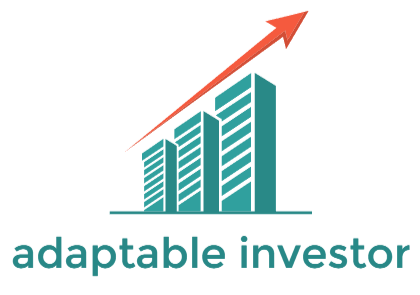There are two ways to invest in index funds, and their advantages and disadvantages are discussed in chapter six of Russell Wild’s book, “Index Investing for Dummies.” Those two ways are mutual funds and exchange-traded funds (ETFs).
Of course, you might try to create your own index fund by buying one or more shares of every stock represented in a market or sub-market of interest. However, that would be very costly and time consuming, and in the end likely wouldn’t mirror the index you’re trying to track.
Mutual funds are the traditional vehicles, and while they have been around for some time, index mutual funds have only been widely available since the mid-1970s. That was when Jack Bogle and his Vanguard Group turned the investing world on its head by proclaiming that passive investing could (and usually would) outperform active investing.
In the 1990s, a new kid turned up on the block: ETFs. They were created in response to the growing interest in index investing, and rapidly emerged as a strong competitor to mutual funds. In an earlier chapter, Wild argued there wasn’t a great deal of difference between them as far as most passive investors were concerned; the notable distinction was that mutual funds trade after the market closes while ETFs trade like stocks throughout the market day.
[Read Next] Subjects Wanted: New Experiment Could Reward You With 7 Figures…
That was the broad thrust of the argument then. For chapter six, he dug deeper and listed a number of distinctions that might help more advanced investors make their choices. Those differences were summarized in the following table:

There is some overlap between the questions in the table and those that followed, but by and large they give us a good set of criteria for choosing a fund or funds, whether mutual or exchange-traded.
Because no two investors have the exact same needs, there is no universal answer. But the author did lay out a rule of thumb distinction for index investing based on costs (which Bogle would insist is the key criterion):
- Buy ETFs if you plan to buy and hold, since ETFs were (when this book was published in 2009) a bit cheaper than mutual funds.
- Buy mutual funds if you are dollar-cost averaging or otherwise making small changes over time.
For those who like exotic birds in their cages, there are two other ways of index investing:
- Exchange-traded notes (ETNs), which Barclays Bank defined as “senior, unsecured, unsubordinated debt securities … designed to provide investors with a new way to access the returns of market benchmarks or strategies.” Wild called them “strange ducks indeed.” Think of them as the rough equivalent of bond mutual funds, because they are grounded in debt instruments and pay interest like a bond or bond fund.
- Unit Investment Trusts (UITs) resemble mutual funds with an expiry date. Like bonds, they are set to expire at a specified date in the future, and when they do, you get your money back. While being held, UITs offer ongoing income (including dividends) or capital gains.
To capture ETFs, ETNs and UITs under one umbrella, some media outlets refer to them collectively as exchange-traded portfolios (ETPs) or exchange-traded products (again ETPs).





